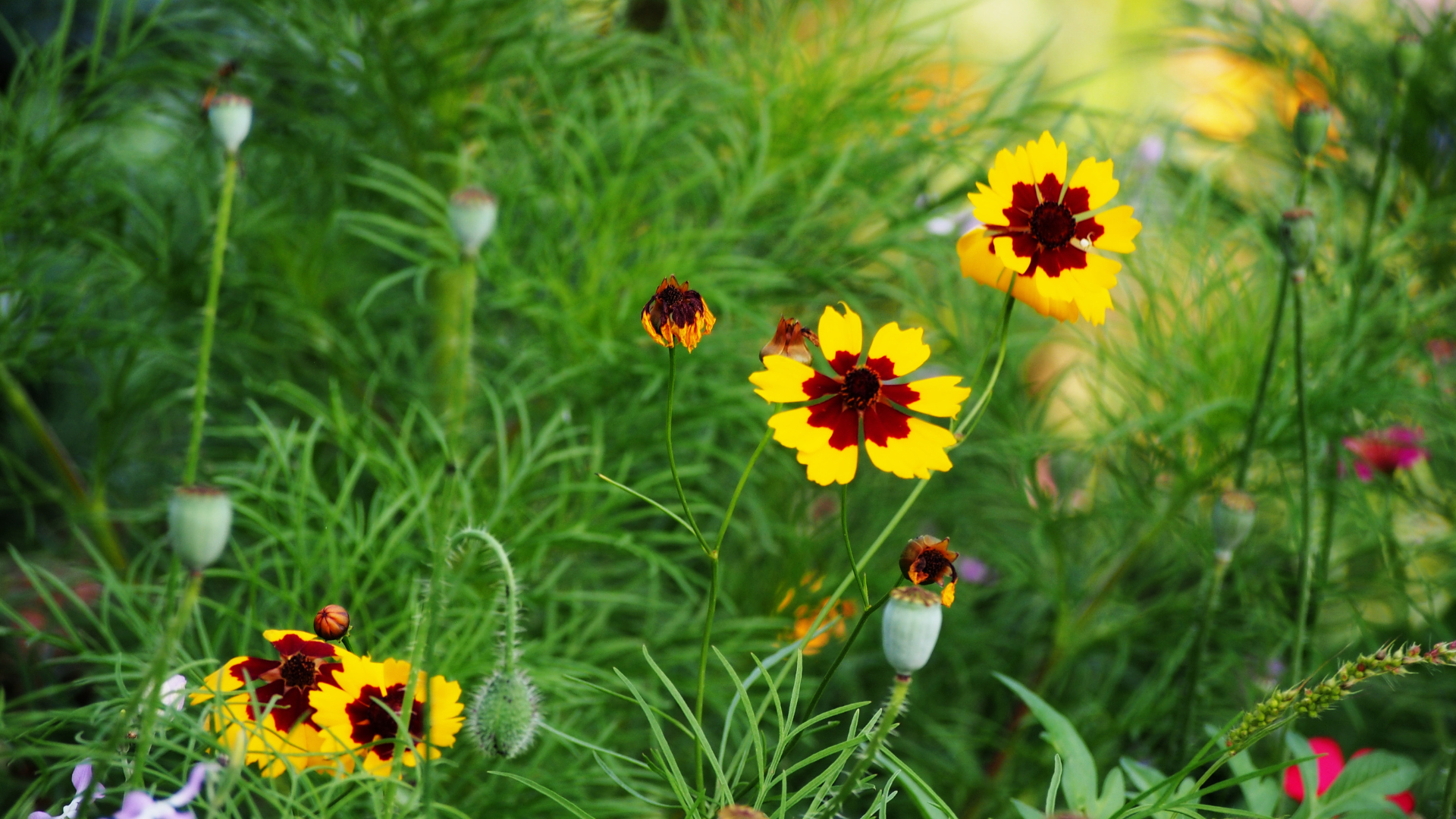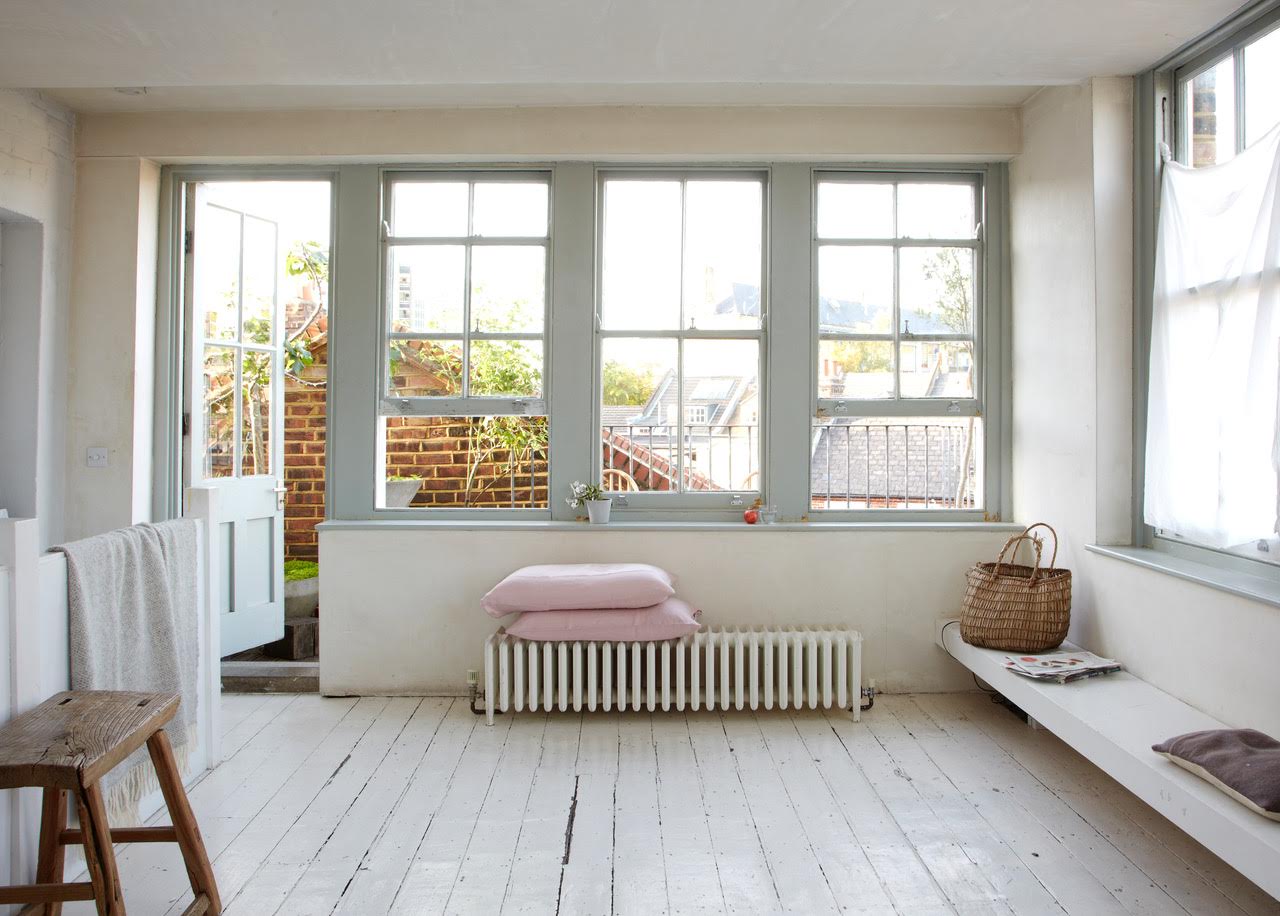
FEatured Post:
Coreopsis, often called Tickseed, is more than a vibrant garden flower, it’s a natural dyer’s treasure. With its sunny yellow petals and ease of cultivation, Coreopsis tinctoria (Dyer’s Coreopsis) has been used for centuries to produce earthy yellows, oranges, and warm browns. If you’re curious about natural dyeing with coreopsis flowers this guide will show […]

FEatured Post:
Spending time with Martina reminded me of the power of connection, conversation, intentional spaces and creating community…
Welcome to my journal on natural dyeing!
Explore the rich world of plant-based dyes, learn about sourcing natural colours, and discover seasonal hues. Whether you're new to dyeing or an experienced enthusiast, join me as we step into the alchemy & beauty of natural dyeing.
natural colour + plant dyes
browse popular categories
browse
Dye plants
From garden favourites to wild foraged treasures, explore the leaves, flowers, roots, and barks that can transform our fabric into art.
browse
Favourites
Discover a curated mix of our readers' favourite tutorials, colour guides, and seasonal dye plants—a collection of articles for anyone exploring the art of natural dyeing.
browse
Tutorials
Explore step-by-step natural dye tutorials to guide you through creating beautiful, plant-based colours. From dyeing with marigold flowers to making paint from plants, take a look at our natural dye tutorials.
Making paint from plants is easier than you think! Plant-based paints are not only environmentally friendly but also connect us to the beauty…
Mèlisses, tucked away on the historic island of Andros, is host to the En Plein Air Retreat this October.
My dear friend and incredibly talented photographer, Doreen Kilfeather, is having an exhibition in collaboration with stylist Aisling Farinella. Buí will be on show at the Sarah Walker Gallery from June 1st to 30th, 2024
Discover the Magic of Plant Colours: Join Our Plant Dye Workshops in London Upcoming Workshops I am very excited to return to the inspiring studio of Kristin Perers for two days of immersive workshops at ‘The Flower Factory Studio‘. These will be my first natural dye workshops in London since the pandemic and I cannot […]
As spring slowly awakens here in Ireland and the leaves are still unfurling, the landscape is changing. There is a throng of dye sources raising their heads after a spring that was slow to start.
Washing and caring for plant-dyed clothing doesn’t have to be stressful. With a little care & a few tips, you can prolong the life of your plant-dyed clothing for years to come.
The Hawthorn tree, ‘Crataegus monogyna’, grows across North America, Europe, and Asia. Native to Ireland & steeped in folklore, Hawthorn is an incredible source of natural colour.
If you are looking for something creative to do as the weather changes & we move towards the winter equinox, I have a host of autumn natural dye workshops lined up for November & the new year.
Learn how to create vibrant, natural watercolour paints and inks from plants in this easy-to-follow tutorial. With practical steps and a list of accessible materials, you'll turn everyday plants into beautiful, sustainable paints. Perfect for nature enthusiasts and creative minds!
my nightly
skincare regime
You can either type this featured post content manually or use a post look-up function in SHOWIT directly. It can also rotate between several posts.
Three Tips To Improve Your Colours
Find out if you're making these common natural dyeing mistakes and learn about three areas of improvement to save countless hours & improve your colour results!
Free guide









